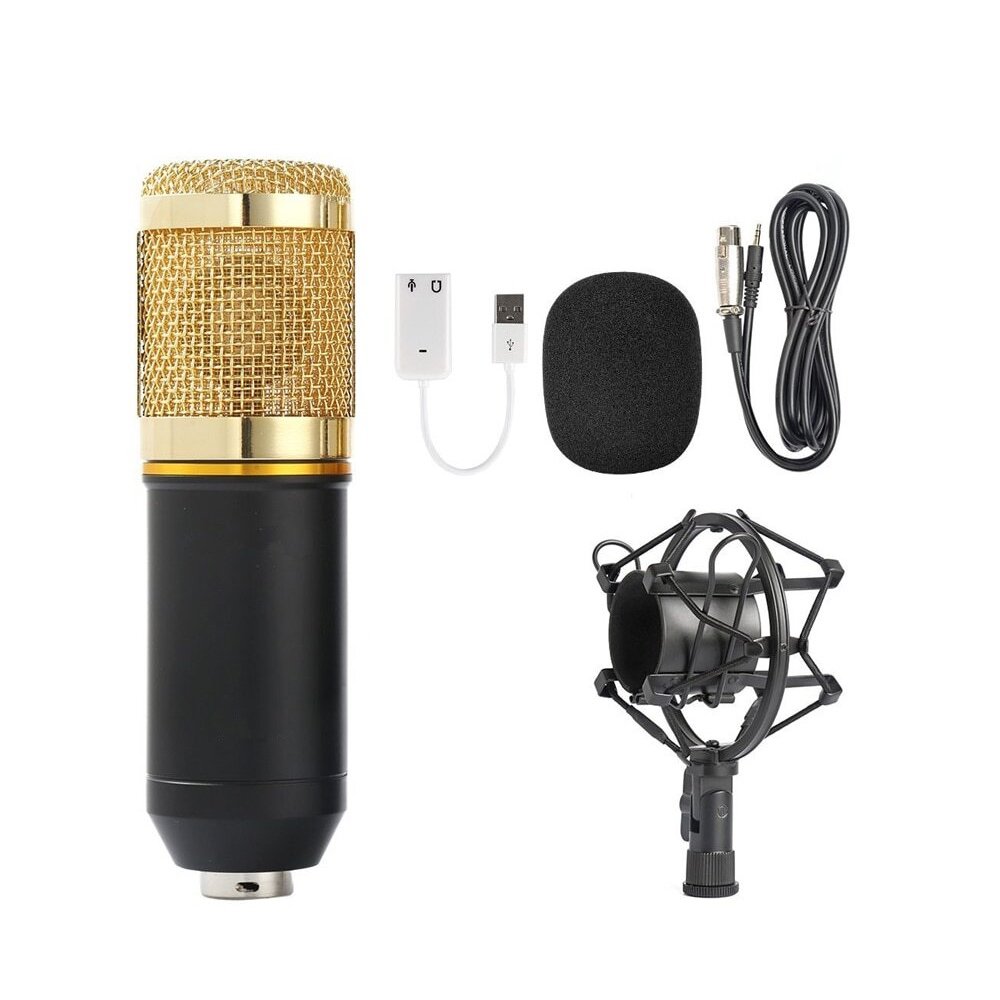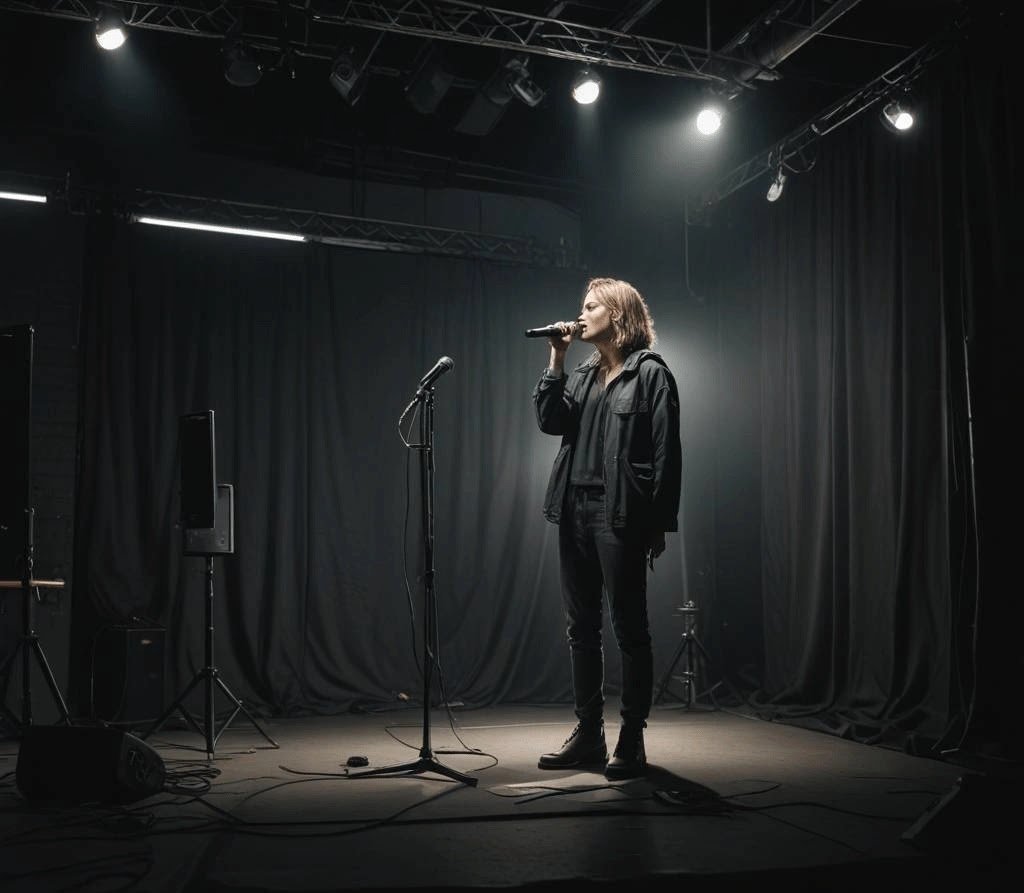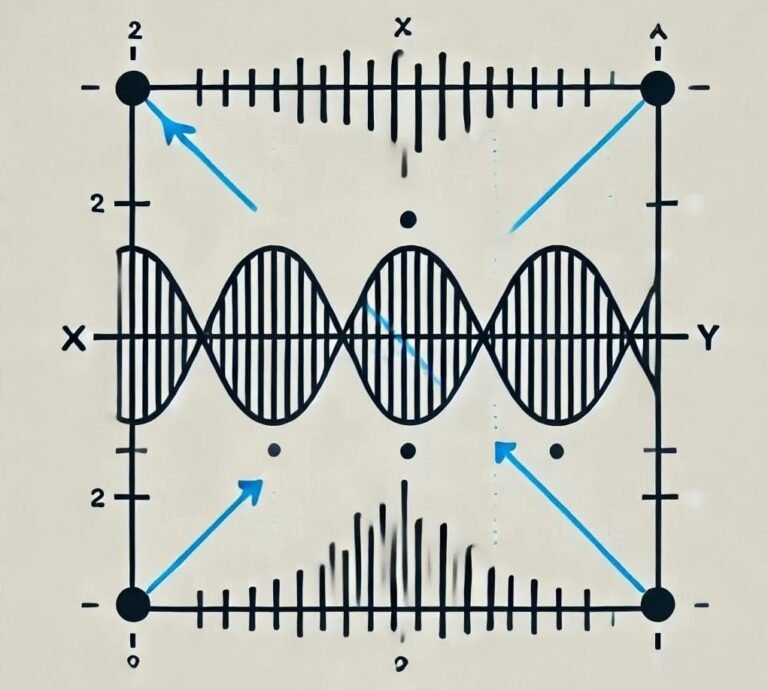Complete Guide: How to choose a stage microphone
I bet you all agree that the sound from microphones is important when it comes to live shows. But the first question raised in our mind is which microphone is the right one and How to choose a stage microphone. It can be difficult to pick when you consider how many microphone types there are on the market. You have dynamic microphones, condenser microphones, ribbon microphones, and even headset microphones. When you consider all these microphone types, it’s no wonder that choosing the right one can be a real headache. How do you know what kind of microphone to use, what to look for, and how to make the best choice?
When selecting a microphone for stage use, understanding sensitivity is key to achieving the right sound balance for your specific environment. Sensitivity refers to how effectively a microphone converts sound into an electrical signal – in other words, how much signal it generates in response to sound.
In noisy environments, such as large venues or outdoor stages with a lot of ambient noise, a high-sensitivity microphone might be more suitable. High-sensitivity microphones generate stronger signals even from quieter sources, which helps the microphone capture details clearly amidst the background noise. This extra “boost” can help ensure the performer’s voice or instrument cuts through other sounds in the environment.
In quieter settings, on the other hand, a low-sensitivity microphone may be more appropriate. Low-sensitivity mics are designed to handle quieter, more controlled spaces, where picking up only the direct source is important and where external noise levels are minimal. They’re less likely to capture unintended sounds or background noise, which enhances clarity in a quiet room. In studio or small indoor venues, a low-sensitivity mic helps isolate the performer’s sound from subtle ambient noises, creating a more intimate and precise audio experience.

Key points to choose a stage microphone:
- Understand Microphone Types: Choosing the right microphone starts with understanding the characteristics of dynamic, condenser, and ribbon mics.
- Assess Performance Spaces: Consider the size, acoustics, and noise levels of your venue to select the most appropriate mic type and model.
- Check Microphone Specifications: Pay attention to polar patterns, frequency response, and sensitivity to match the mic to your specific needs.
- Compare Wired and Wireless Options: Decide based on the level of mobility required and the venue’s technical setup.
When it comes to live performances, knowing the different microphone types is essential. Each type has distinct features that influence how sound is captured and transmitted. The three main types are:
1.1 Dynamic Microphones
Dynamic microphones are a staple in live performances. Their design is simple but robust, consisting of a diaphragm attached to a coil of wire that moves within a magnetic field. This design offers several key benefits:
- Durability: Dynamic mics are built to withstand rough handling and harsh environments. They can take drops, knocks, and high humidity without compromising sound quality.
- High SPL Handling: These microphones excel in handling high sound pressure levels (SPL), which makes them ideal for capturing loud sources like guitar amps, drums, and powerful vocalists.
- Less Sensitivity to Background Noise: Dynamic mics are less sensitive to quiet, distant sounds, which is a big advantage on noisy stages. They focus on the sound directly in front of the mic, reducing the risk of picking up unwanted noise.
Best For: Rock, pop, metal, and any high-energy live performance. Popular models include the Shure SM58, a go-to choice for vocalists, and the Sennheiser e609 for amplifiers.

1.2 Condenser Microphones
Condenser microphones are known for their clarity and precision, making them a popular choice for studio recording. They use a thin diaphragm and a backplate that act as a capacitor, requiring an external power source known as phantom power (48V). Here’s why you might choose a condenser mic:
- Wide Frequency Response: Condenser mics capture a broader range of frequencies, making them great for reproducing the subtle nuances of a vocalist’s voice or an acoustic guitar.
- High Sensitivity: Their design allows them to pick up even the faintest sounds, making them excellent for capturing detailed audio in controlled environments.
- Clear and Crisp Sound: These mics are favored for their ability to reproduce natural sound with high fidelity.
Best For: Acoustic performances, classical music, and studio recordings. Popular choices include the Audio-Technica AT2020 for vocals and the Rode NT1-A for instruments.
1.3 Ribbon Microphones
Ribbon microphones are less common on stage but are beloved by audiophiles for their unique, warm, and natural sound. They use a thin, lightweight ribbon of metal suspended between magnets, which moves in response to sound waves.
- Smooth Frequency Response: Ribbon mics are known for their smooth and balanced sound profile, often described as vintage or warm. They can capture the intricate details of an instrument’s timbre.
- Figure-Eight Polar Pattern: Most ribbon mics have a bidirectional (figure-eight) polar pattern, picking up sound equally from the front and back while rejecting sound from the sides.
- Delicate Construction: Ribbon mics are more fragile than dynamic or condenser mics, so they require careful handling and aren’t usually recommended for loud sources or outdoor use.
Best For: Studio recordings, capturing acoustic instruments, and vocal performances where a vintage tone is desired. Consider models like the Royer R-121 for its rich sound quality.
2. Assessing Performance Spaces
The type of microphone you choose also depends heavily on the performance space. Different venues present unique challenges that can affect sound quality, and selecting the right mic can help overcome these challenges.
2.1 Indoor Venues
Indoor venues can vary greatly, from small clubs and bars to large concert halls. Here are some key factors to consider:
- Acoustics: The shape of the room, ceiling height, and wall materials can all influence acoustics. Rooms with hard surfaces (like concrete walls) can create a lot of reverberation, making it harder to achieve a clear sound. In such cases, a directional microphone like a cardioid dynamic mic can help minimize ambient noise and feedback.
- Stage Size: Smaller stages often mean closer proximity between sound sources. Using mics with a tighter pickup pattern (e.g., super cardioid) can help isolate the sound source and reduce bleed from other instruments.
- Feedback Control: In indoor venues, feedback can be a major issue. Using a mic with good off-axis rejection (like a hypercardioid or cardioid dynamic mic) and proper placement techniques can help reduce the risk of feedback.
Example: In a small club with lots of ambient noise, a Shure SM58 dynamic mic would be an ideal choice for vocals because of its directional pickup pattern and feedback resistance.
2.2 Outdoor Stages
Outdoor performances bring a different set of challenges, primarily due to wind noise, ambient noise, and the absence of natural sound barriers like walls.
- Wind Noise Reduction: Using a dynamic microphone with a windscreen or foam cover can help reduce wind noise. Look for models specifically designed for outdoor use, as they often have additional protection.
- Ambient Noise: Without walls, outdoor stages can be affected by noise from the crowd, weather, or nearby events. Choosing a mic with a tighter polar pattern (like a super-cardioid) can help focus on the performer’s voice and reject background noise.
- Durability: Outdoor mics need to withstand potential exposure to elements like moisture, dust, and varying temperatures. Opt for rugged, weather-resistant models.
Example: For outdoor events, a Sennheiser e835 dynamic mic is a solid choice due to its robust build and tight pickup pattern that helps minimize ambient noise.
3. Considering Microphone Specifications
Understanding microphone specifications can help you choose a model that meets the specific needs of your performance.
3.1 Polar Patterns
The polar pattern of a microphone determines how it picks up sound from different directions:
- Cardioid: Most sensitive to sound from the front and rejects sound from the sides and rear. Ideal for live vocals and for reducing stage noise.
- Supercardioid and Hypercardioid: Even tighter pickup patterns, offering greater isolation but requiring more precise positioning.
- Omnidirectional: Picks up sound equally from all directions. Best used in controlled environments or for capturing ambient sound.
- Bidirectional (Figure Eight): Captures sound from the front and back while rejecting the sides. Great for interviews or stereo recordings.
3.2 Frequency Response
The frequency response indicates the range of frequencies a microphone can capture. Different applications require different frequency responses:
- Vocals: Look for a mic that emphasizes the midrange frequencies (around 1-5 kHz) for clarity and presence.
- Instruments: Consider the frequency characteristics of the instrument. For instance, a mic with a boosted high-end can capture the bright tones of a cymbal or acoustic guitar.
3.3 Sensitivity
The sensitivity of a microphone measures how effectively it converts sound into an electrical signal. Higher sensitivity mics are better for quiet, detailed sources but may not be ideal in loud, noisy environments due to the increased risk of feedback. Ultimately, the choice depends on the specific needs of the performer and the environment in which they will be performing.







